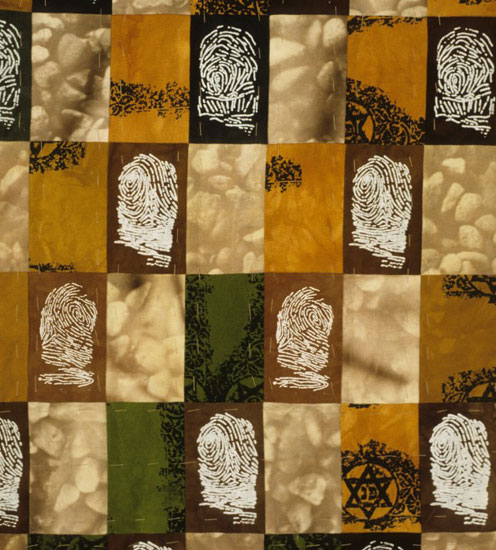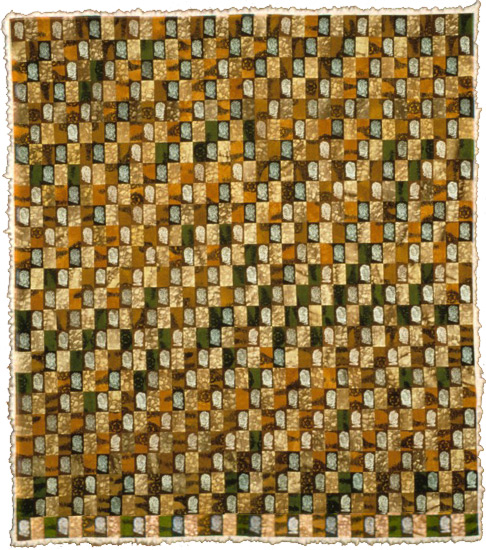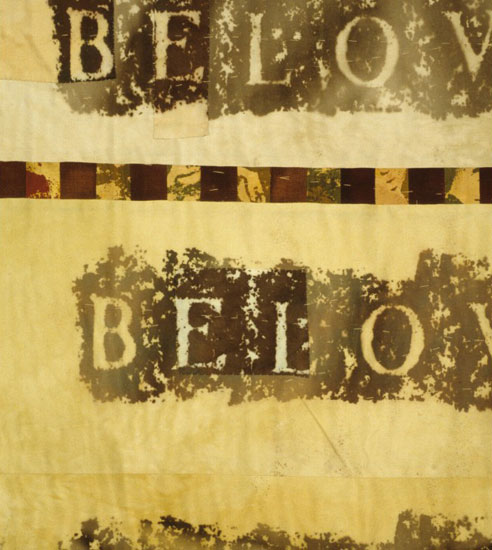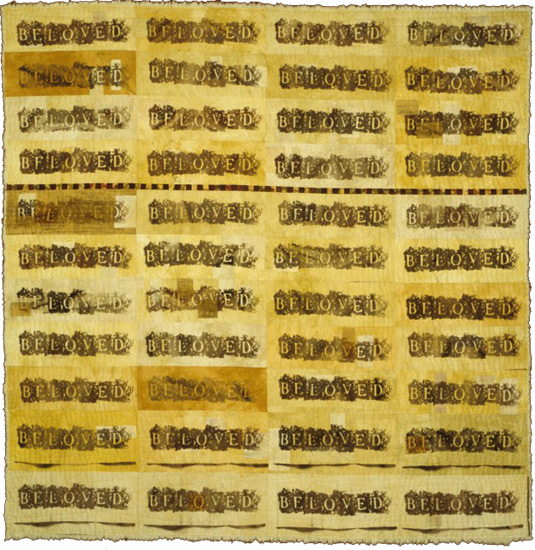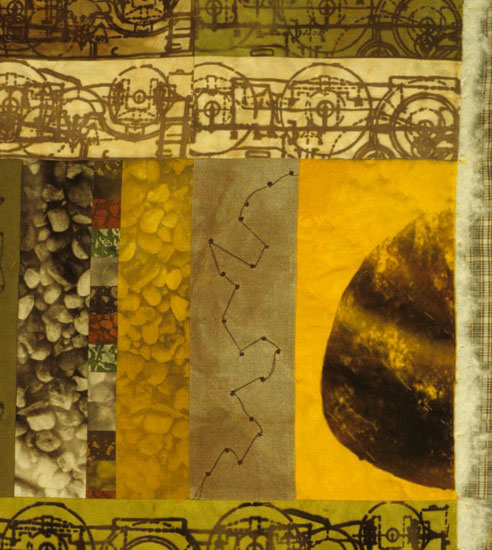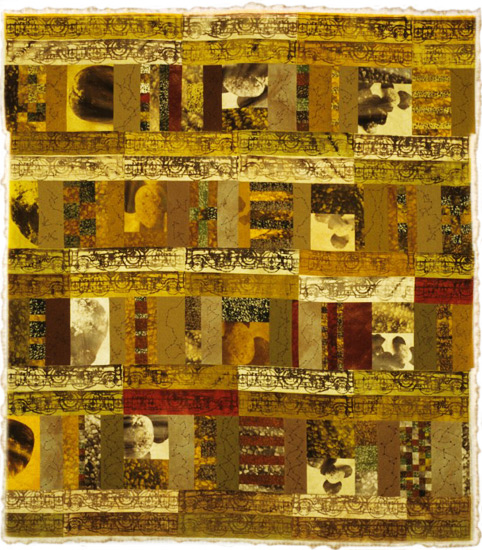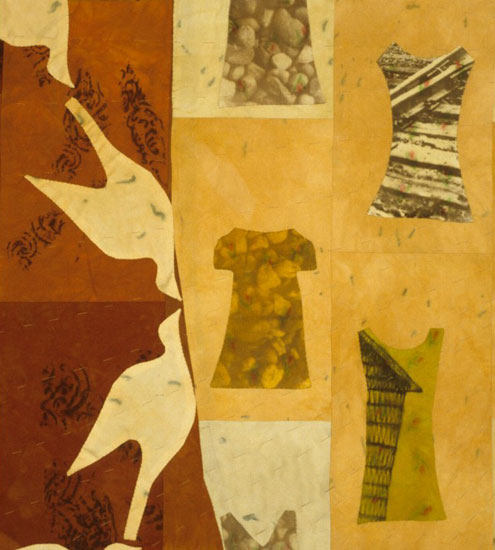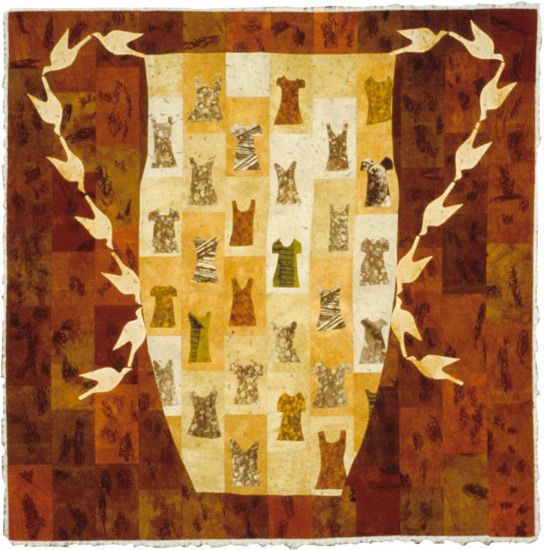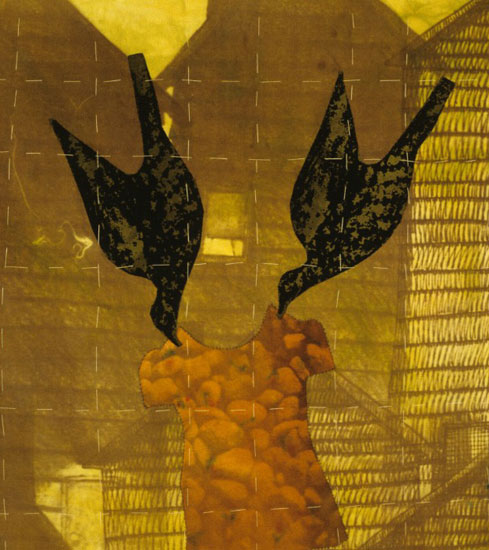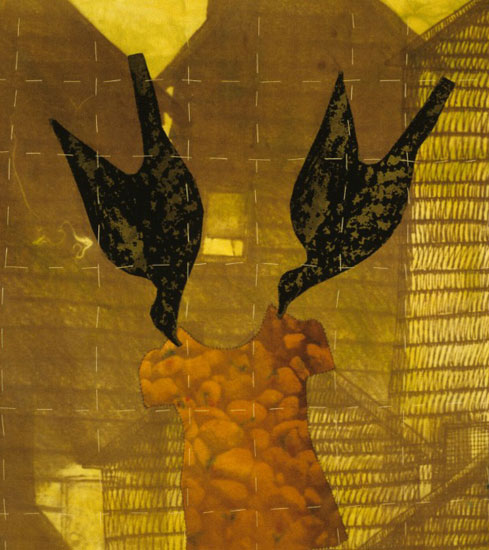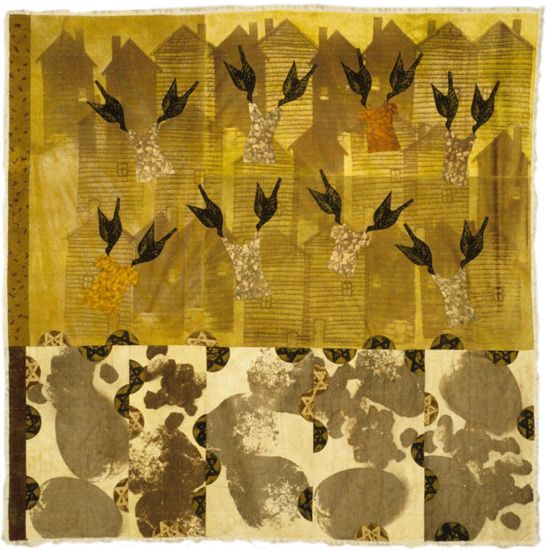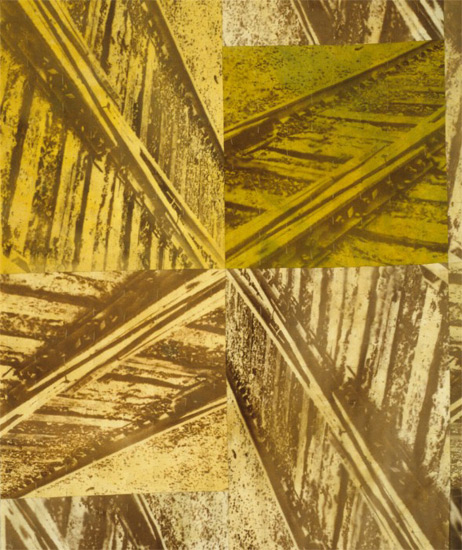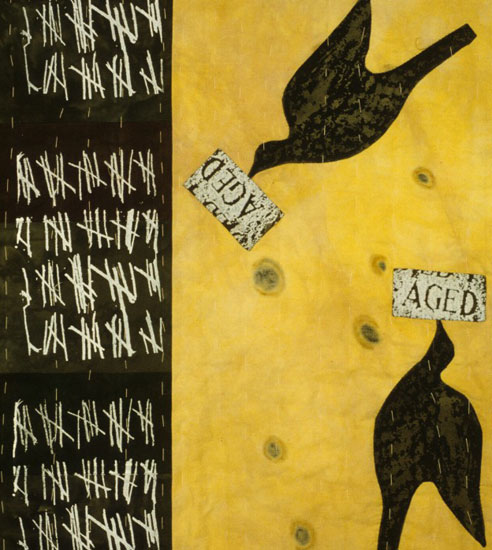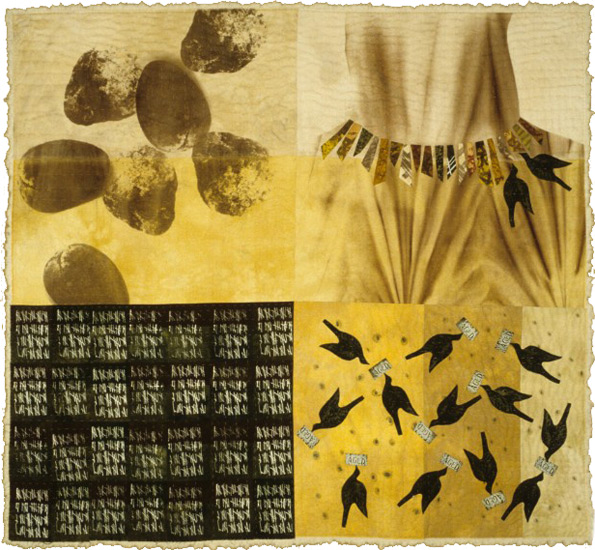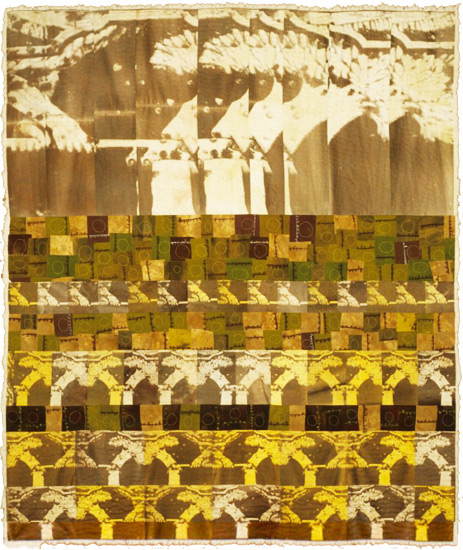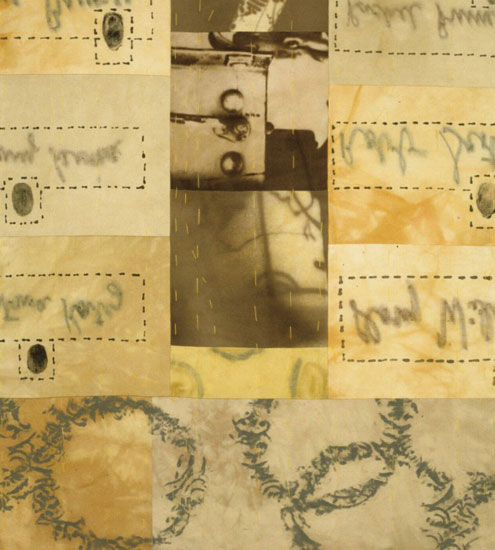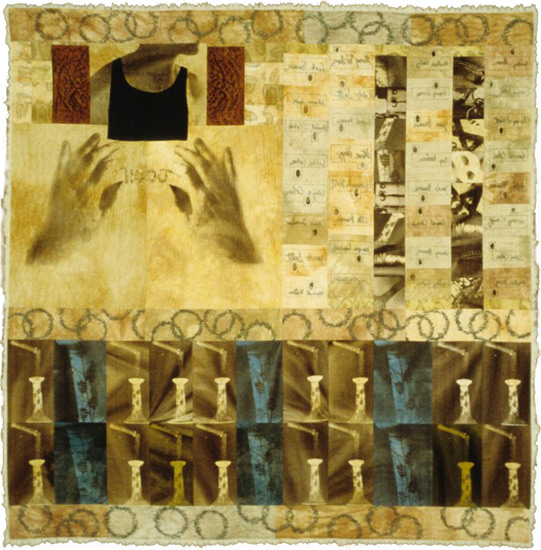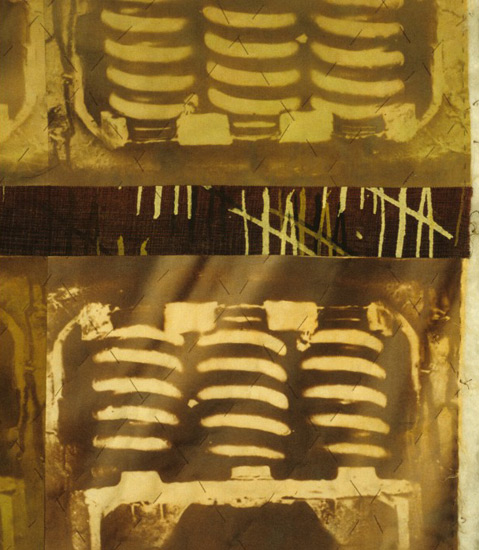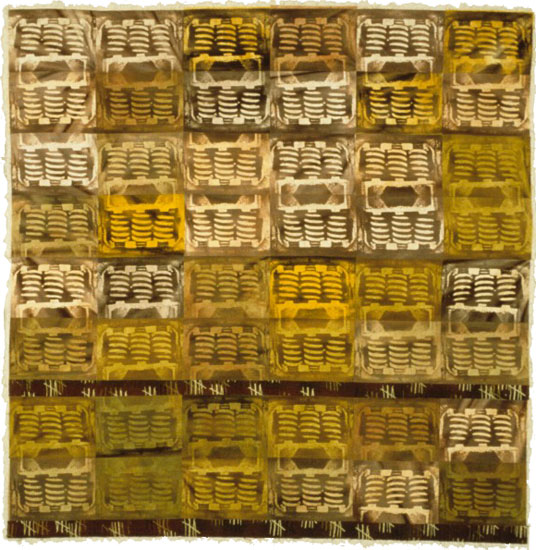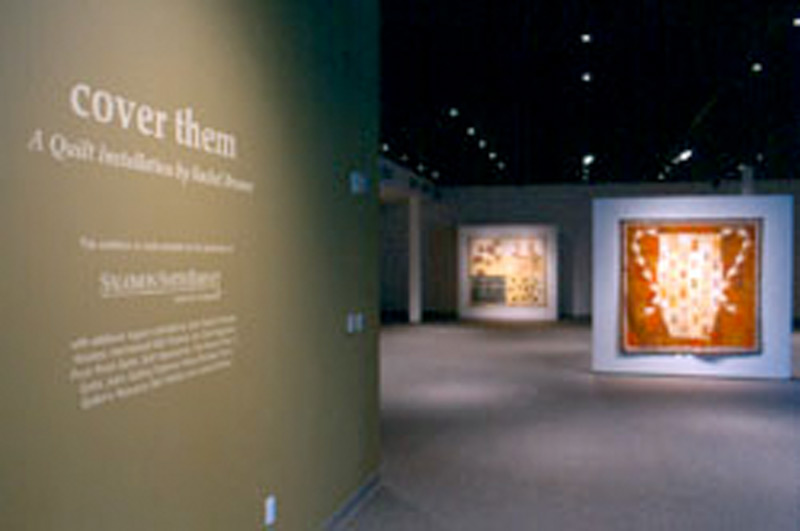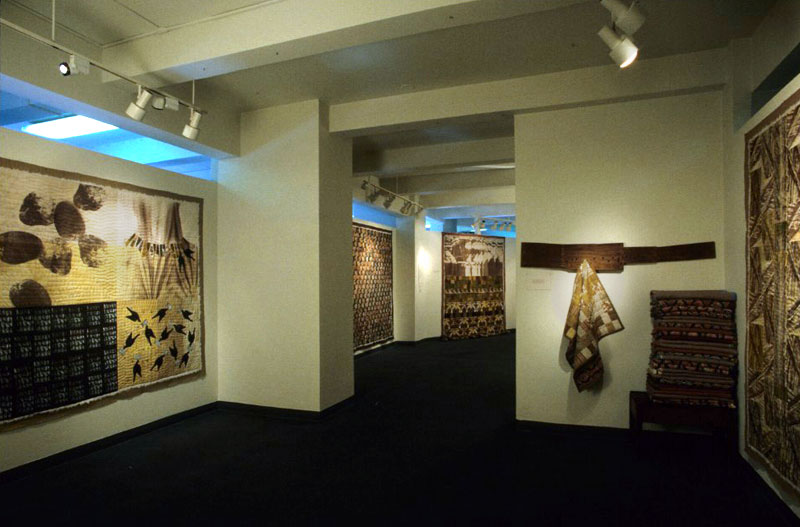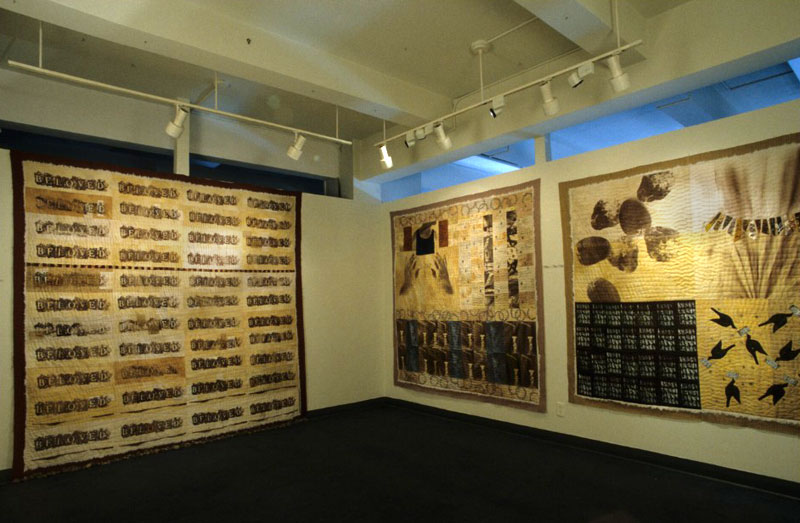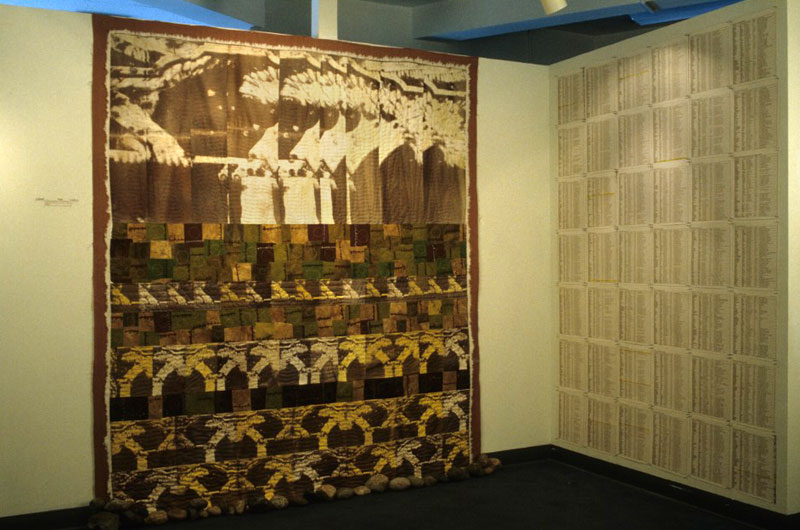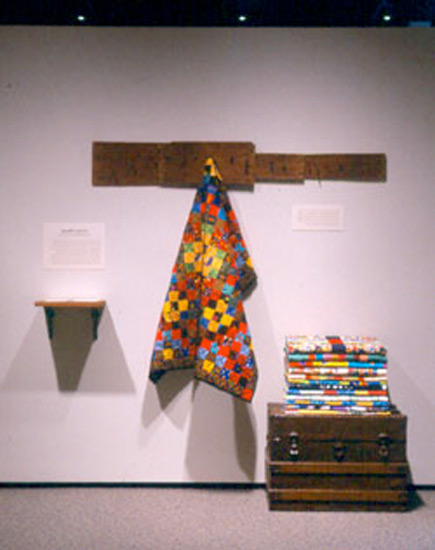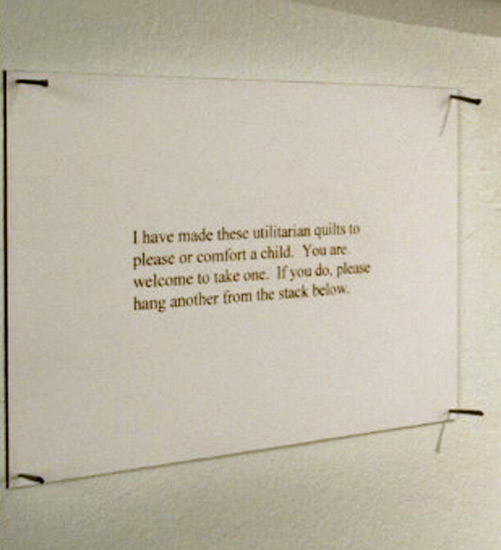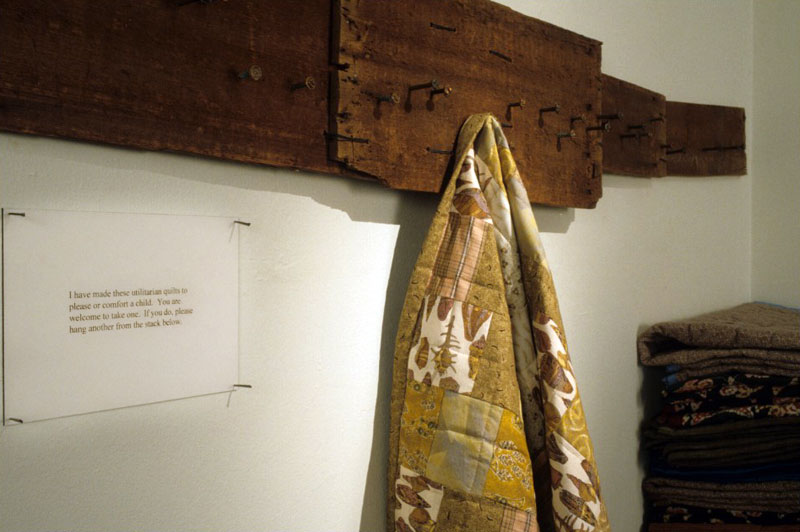Cover Them
About This Project:
Cover Them: A Quilt Installation
Nearly 1,500,000 children perished in the Holocaust. More than 11,000 of them spent their brief childhoods in France before dying at the hands of the Nazis. Their names, birth dates, last known addresses, and deportation assembly points, along with a mere 2,500 photographs – all that are known to have survived were researched, assembled and published in Serge Klarsfeld’s 1996 book French Children of the Holocaust.
In response to Klarsfeld’s book, Seattle artist Rachel Brumer began a new body of work devoted to these lost children. To create a personal link to them, she searched the pages for names of girls who shared her birth date. After identifying ten of them, Brumer set out to make a memorial quilt to symbolically cover each one.
Drawing on her experiences as a sign language interpreter and professional modern dancer, Brumer choreographs the surface of her quilts with a rich vocabulary of familiar images. Her mastery of rhythm, color, and composition enables each assembly of images to read as a poetic elegy to a young life lost. Loaded words like “beloved” and sacred symbols like the Star of David are rubbed from headstones and photographically printed onto fabric, transforming humble materials into monumental memorials to children with no tombstones to mark their graves. Images of pebbles and rocks are scattered across several quilts, alluding to the Jewish custom of leaving a stone at a gravesite as a gesture of remembrance. Isolated elements of trains tracks, wheels, and springs reflect the children’s last days from their diminutive perspective; a fallen tree, a broken candle, and the unfinished edges of each quilt suggest life cut short; dresses and fingerprints recall the innocence and individuality robbed from the victims; the quilt medium itself evokes protection and the preservation of their memory.
Confronting visitors at the installation’s entrance and setting the tone for viewing the memorial quilts is a grid of pages from Klarsfeld’s book, punctuated with 10 yellow marks highlighting the names and birth dates of each girl. Pausing before these pages, visitors often share Brumer’s experience as they catch sight of birth dates or names that match their own.
Cover Them not only brings closure to the past; it also introduces a challenge for the present. A collection of utilitarian quilts made to physically cover and comfort children today relies on exhibition visitors to accomplish this objective. Small, sturdy, bright, and playful, these “children’s quilts” are emblems of joy and hope against the solemn spirit, restrained palette, and fragile quality of the large memorial quilts. Viewed together, they are a tool for teaching tolerance and a source of empowerment.
Exhibition visitors are encouraged to take one of the quilts from the collection and pass it on to a child. A small sign instructs the visitor to remove the quilt hanging from the nail and replace it with the next quilt folded on top of the nearby stack. Should the supply be depleted, the sign asks visitors to consider other ways to make a difference in a child’s life. The first few quilts contributed by Brumer serve as examples for volunteers in the local community and beyond who take part in collecting and distributing the “children’s quilts.” By actively engaging the public in this way, Cover Them impacts each community in which it is exhibited long before it opens and long after it closes.



